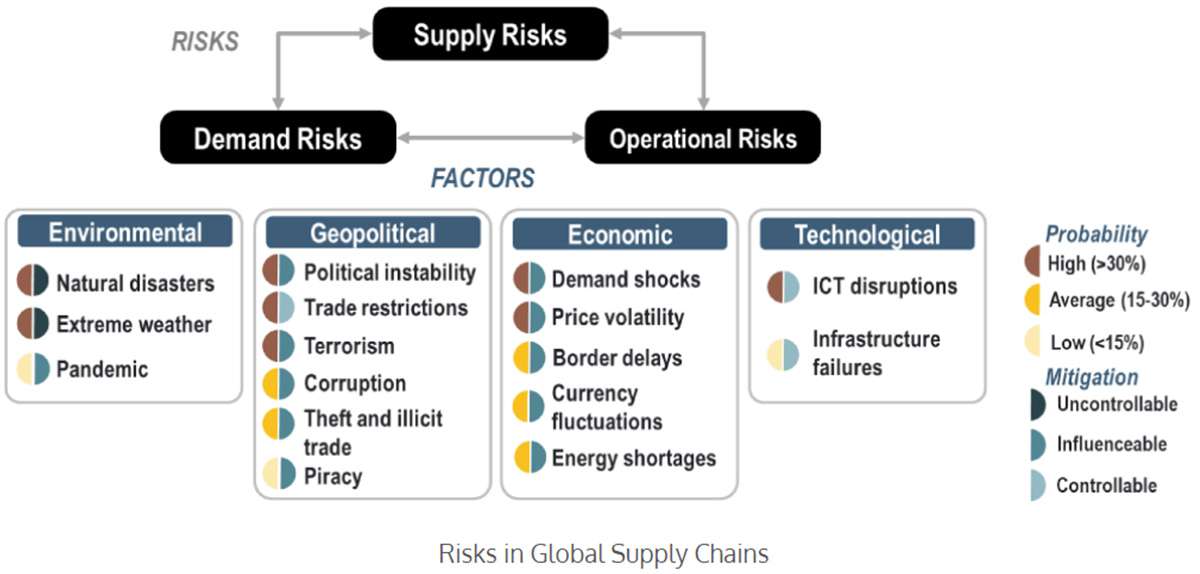

To suppress third-party risks, the complete lifecycle of a vendor relationship needs to be secured, from vetting prospective retailers to audits of long-standing relationships. It's estimated that compromised third parties cause almost 60% of data breach events. Third-party providers introduce significant security risks into your ecosystem. Conduct Regular Third-Party Risk Due Diligence This will address concerns about potential penalties for noncompliance with third-party risk regulations.Įach of these metrics can be addressed with the following best practices. Accountability - Stakeholders and decision-making personnel need to be continuously aware of all risk mitigation practices.Scalability - A cybersecurity program needs to scale alongside the growing complexity of the supply chain otherwise, security risks will eventually surpass management efforts.


Cybersecurity RisksĬybersecurity risks are events that could facilitate the compromise of sensitive data. The potential risk of political events disrupting procurement operations. Man-Made Risksĭisruptions to supply chain operations are caused by human error, such as office fires or falling for cybercriminal trickery. The potential of natural events causing supply chain disruptions, such as a tsunami, hurricane, or snowstorm. Reputational risks are caused by poor security due diligence leading to third-party breaches or associations with vendors exhibiting reprehensible conduct, like when a vendor posts offensive content on social media. An example of a financial risk is a ransomware attack terminating all profit generation engines of a business. Financial Risksįinancial risks are any events that could potentially negatively impact new suppliers and existing supplier relationships. The supply chain risk landscape should be divided into six categories to simplify risk identification and the design of a risk management strategy. 6 Different Categories of Supply Chain Risks Supply Chain Risk Management (SCRM) is the practice of identifying and addressing all risks and vulnerabilities throughout the supply chain. Instead, the supply chain management ecosystem should introduce risk mitigation strategies to support its continual enhancement without impeding supply chain resilience - a methodology known as supply chain risk management. Given the considerable competitive advantage of digital solutions, unwinding the progression of digital transformation will only impede business continuity. The modern supply chain is, therefore, consistently at a heightened risk of a cyberattack, which has cascading effects across all categories of supply chain risk. The problem with digital transformation is that it expands the attack surface - the more digital solutions you have, the more cyberattack options you give to cybercriminals. To increase efficiency and resilience to disruption during the pandemic, business entities enthusiastically embraced digital transformation - a move that, ironically, exacerbated many of the problems it was hoping to solve. This is a fragile status to maintain since it only takes a minor disruption in a single process to cause financially damaging delays in the entire production line - a phenomenon that impacted most of the world at the height of the global pandemic. A healthy supply chain relies on an uninterrupted chain of success across a series of processes.


 0 kommentar(er)
0 kommentar(er)
